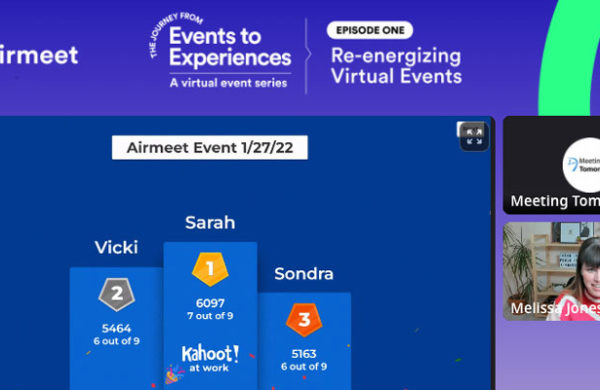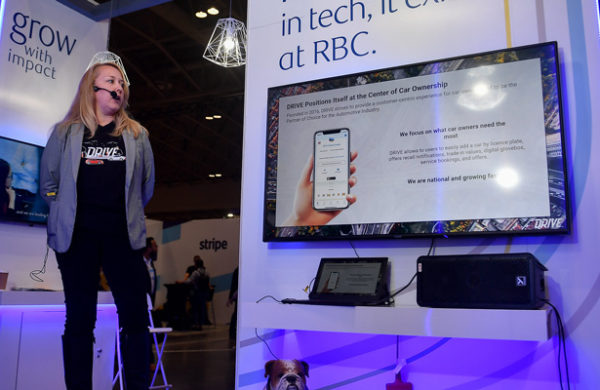
By: Melissa Jones Clark, Director, National Accounts & Brand Experience, Meeting Tomorrow
If you’re an event planner, the buzz around hybrid events over the last year has been inescapable.
I understand where the excitement comes from. As we head into the in-person future, our industry has raised hybrid events as the best way to combine the best of virtual and in-person events. Planners have seen the benefits of virtual, from inclusivity to increased reach, rich data, and better ROI. But they’re also eager to get back to the serendipity and connection of in-person events. Planners want to keep the best of both worlds — and hypothetically, hybrid events seem like the best option.
But for most planners, hosting a successful “true hybrid” event remains… tricky. Connecting two audiences to interact with presenters and each other at the same time can sometimes be necessary. But it often takes a massive amount of consideration and technical savvy. The budget is often more than organizations can afford. Above all, we’re finding attendees want to have the full experience they signed up for, whether that’s in person or virtual.
That’s why, after working with hundreds of clients, I believe an event format we call “asynchronous events” is often a more effective, realistic strategy for planners going forward. There are several different terms used for asynchronous events, and while they all may differ slightly, they typically mean separating the in-person and virtual experiences in some way. Asynchronous events are similar to hybrid events in that they both contain an in-person and virtual element. But unlike hybrid events, asynchronous events can take place on separate days, for separate audiences.
Wait a second — isn’t this twice the amount of work, just like a hybrid event!?
It’s true that asynchronous events take more work than planning one event. But without the pressure of re-inventing the wheel on how audiences interact with each other, planners are free to focus on content, engagement, sponsorships, and other valuable details.
Plus, the events build off each other. For example, let’s say you’re planning a regional in-person event, followed by a virtual event with expanded reach the following week. You could adapt the original agenda to work for a virtual audience’s attention span, use some pre-recorded content from the prior week, and keep the same branding, copy, and concept.
Asynchronous events let both formats shine — and lets planners focus on what they do best.
Here’s another example: Imagine for the virtual audience, the hybrid event takes place as weekly, one hour sessions spread over a month to be in-line with the shorter sessions virtual audiences prefer. Meanwhile, you keep the in-person portion to one full day where people can travel, mingle, eat, network and be fully immersed all at once. The event culminates in a keynote that happens for everyone at the same time.
What about budget? We’re still seeing a trend of smaller, regional events. Consider taking the savings on your in-person event and put them towards creating an affordable virtual component that expands your reach. The ROI is there. You reach more people, in the format of their choice — and have richer data, potentially for a similar cost or less than your pre-COVID event.
Virtual events are here to stay. But so are in-person events. The beauty is there’s no need to combine them at the exact same time. Asynchronous events let both formats shine — and lets planners focus on what they do best.
Are you planning a hybrid or virtual event? We’d love to learn about it! Reach out to us here to learn how we can produce your hybrid, virtual, or fully in-person event in any city nationwide.



